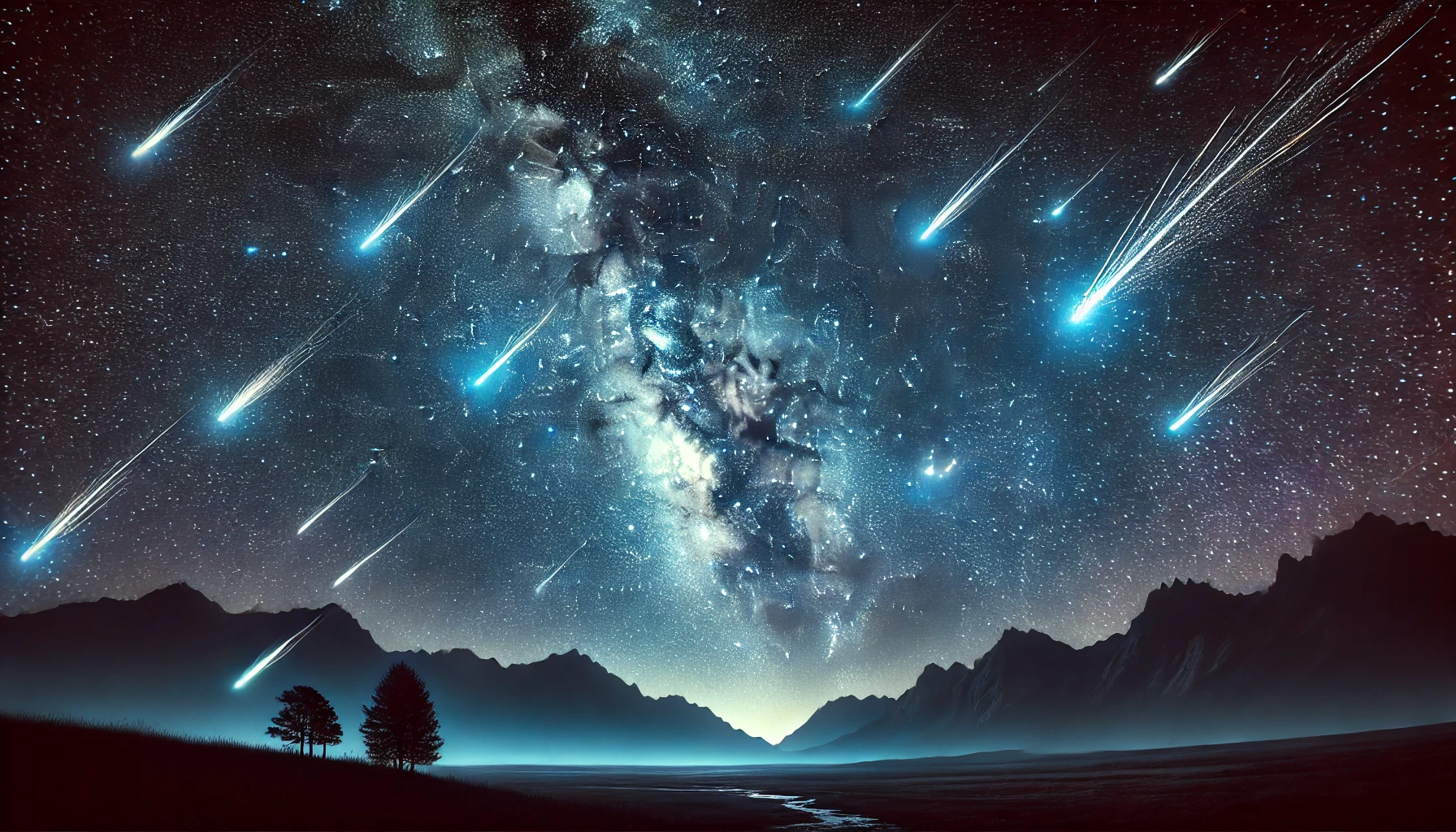Somewhere in the sky right now, bits of space rock are burning up in Earth’s atmosphere, creating streaks of light that have fascinated people for centuries. These celestial displays, known as meteor showers, are not rare, but seeing one at its best takes a little planning.
Timing and location make all the difference. Some showers are faint, while others produce dazzling fireballs that light up the night sky. Knowing when and where to look transforms an average stargazing night into an unforgettable experience.
What Causes Meteor Showers?
Most meteor showers happen when Earth passes through debris left behind by comets. As these tiny particles enter the atmosphere, friction causes them to burn up, creating the brilliant streaks we see. Unlike random shooting stars, meteor showers have a predictable pattern, making it easier to know when to watch.
Best Meteor Showers of the Year
Certain meteor showers stand out for their intensity, reliability, and spectacle. These are the ones worth staying up late for.
Perseids (August)
The Perseids are a summer favorite. They peak in mid-August and often produce bright, fast meteors, some leaving glowing trails. This shower is visible across the Northern Hemisphere and doesn’t require any special equipment.
Geminids (December)
The Geminids offer one of the most spectacular displays of the year. Unlike many showers, which come from comets, the Geminids originate from an asteroid called 3200 Phaethon. These meteors are slow-moving, bright, and often colorful.
Quadrantids (January)
Short-lived but intense, the Quadrantids peak in early January. They produce bright fireballs but only last for a few hours at maximum activity.
Lyrids (April)
The Lyrids are one of the oldest recorded meteor showers, with historical records dating back over 2,000 years. They peak in late April and occasionally surprise watchers with unexpected bursts of activity.
Eta Aquariids (May)
The Eta Aquariids, linked to Halley’s Comet, are best viewed from the Southern Hemisphere. They appear in early May and produce fast, bright streaks across the sky.
How to Watch a Meteor Shower
Preparation matters. A little planning ensures the best chance of seeing the most meteors.
Find a Dark Sky
City lights wash out faint meteors. The best viewing happens away from urban areas where artificial light doesn’t interfere. Rural locations, mountains, and national parks are great options.
Check the Moon Phase
A bright moon can ruin a meteor shower by outshining fainter streaks. For the best experience, plan around a new moon or nights when the moon sets early.
Get Comfortable
Watching a meteor shower means staring at the sky for long periods. Bring a reclining chair or lie flat on the ground. Warm clothing and blankets help, especially for winter showers.
Give Your Eyes Time to Adjust
It takes at least 20 minutes for eyes to adapt to the dark. Avoid looking at phone screens or artificial lights, which reset this adjustment period.
Look in the Right Direction
Meteor showers have a radiant point, the spot in the sky where they seem to originate. While meteors can appear anywhere, facing this general direction increases the chances of seeing more.
Best Locations for Meteor Watching
While meteor showers can be seen worldwide, some locations offer consistently clear skies and minimal light pollution.
Deserts
- Low humidity keeps skies clear.
- Remote locations reduce light pollution.
Mountains
- High altitudes improve visibility.
- Less atmospheric interference.
National Parks
- Designated dark sky areas provide optimal conditions.
- Some parks host special meteor shower events.
Coastal Areas
- Open horizons allow for a wider field of view.
- Cool ocean breezes reduce atmospheric distortion.
How Weather Affects Meteor Viewing
Clear skies are essential. Even light cloud cover can block meteors from view. Humidity, pollution, and local weather patterns also play a role. Checking forecasts before heading out prevents disappointment.
Do Meteor Showers Have Peak Hours?
Most meteor showers are best viewed after midnight. This is when Earth’s rotation positions the observer facing directly into the incoming stream of debris, increasing visibility.
Why Some Years Are Better Than Others
Not every meteor shower performs the same way every year. Some factors that influence meteor activity include:
- Comet Activity – If a parent comet recently passed through its orbit, the resulting debris trail may be denser, leading to a stronger meteor shower.
- Moonlight Conditions – A full moon significantly reduces visibility.
- Earth’s Position in the Debris Stream – Slight variations in orbit can mean passing through thicker or thinner parts of the stream.
Capturing Meteor Showers on Camera
Photographing meteor showers requires patience and a few key settings:
- Use a Tripod – Prevents blurring from hand movement.
- Set a Long Exposure – Between 10 to 30 seconds increases chances of capturing meteors.
- Use a Wide-Angle Lens – Covers more of the sky.
- Adjust ISO Sensitivity – A higher ISO setting captures faint meteors but can add noise.
Why Some Meteors Are Different Colors
Not all meteors burn the same way. Different elements in the debris create various colors:
- Sodium – Orange
- Iron – Yellow
- Magnesium – Green
- Calcium – Violet
- Silicate Compounds – Red
What to Expect During a Meteor Storm
On rare occasions, meteor showers intensify into meteor storms, producing hundreds or even thousands of meteors per hour. These events happen when Earth moves through an unusually dense trail of debris. While they can’t always be predicted, they offer an unforgettable celestial spectacle when they do occur.
Final Thoughts
Meteor showers remind us that space isn’t just distant planets and galaxies—it’s an active, ever-changing part of our own night sky. Whether watching a few meteors streak by on a quiet night or witnessing a spectacular peak event, these displays are worth the effort. Knowing the best times, locations, and viewing conditions makes the experience even better.
